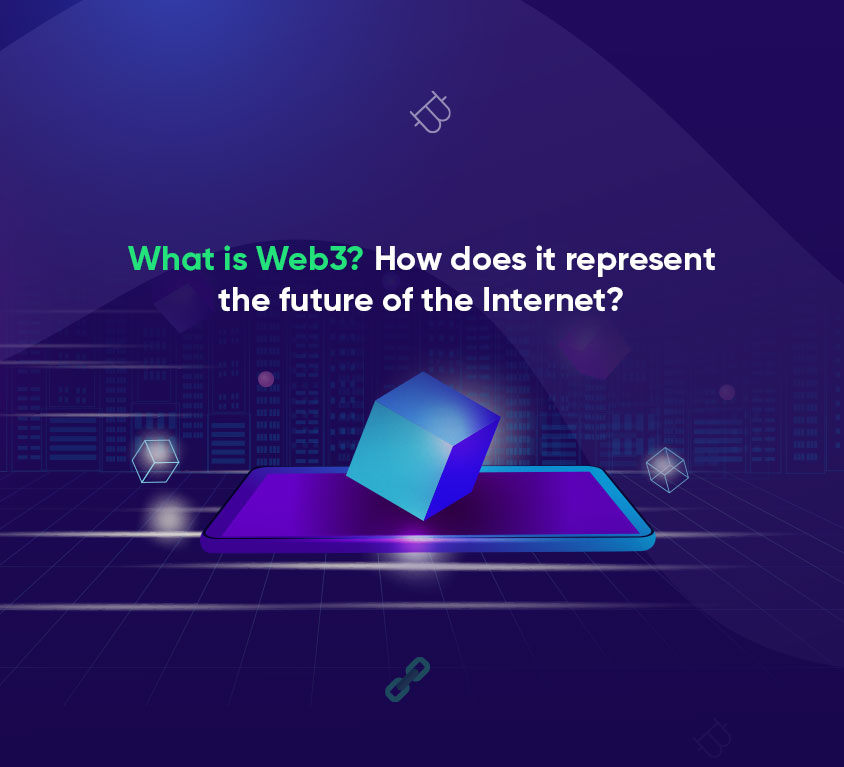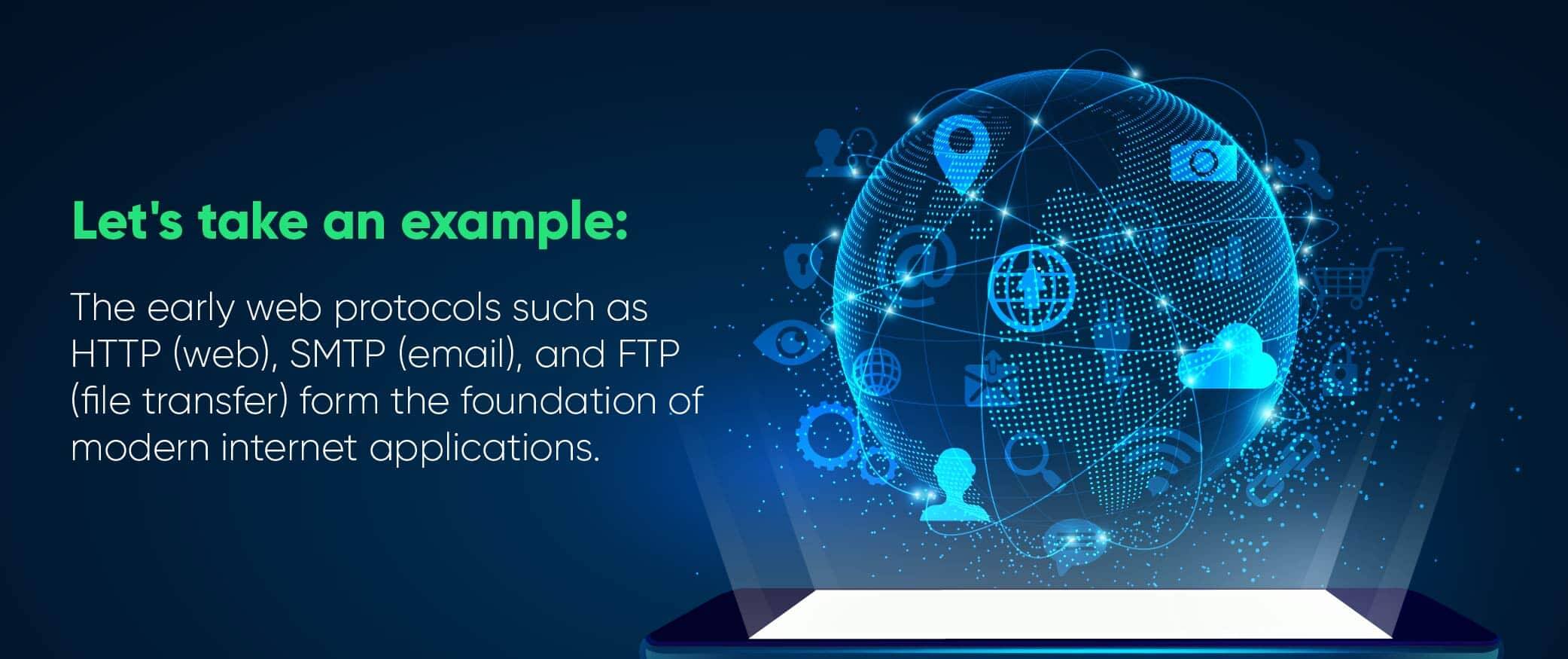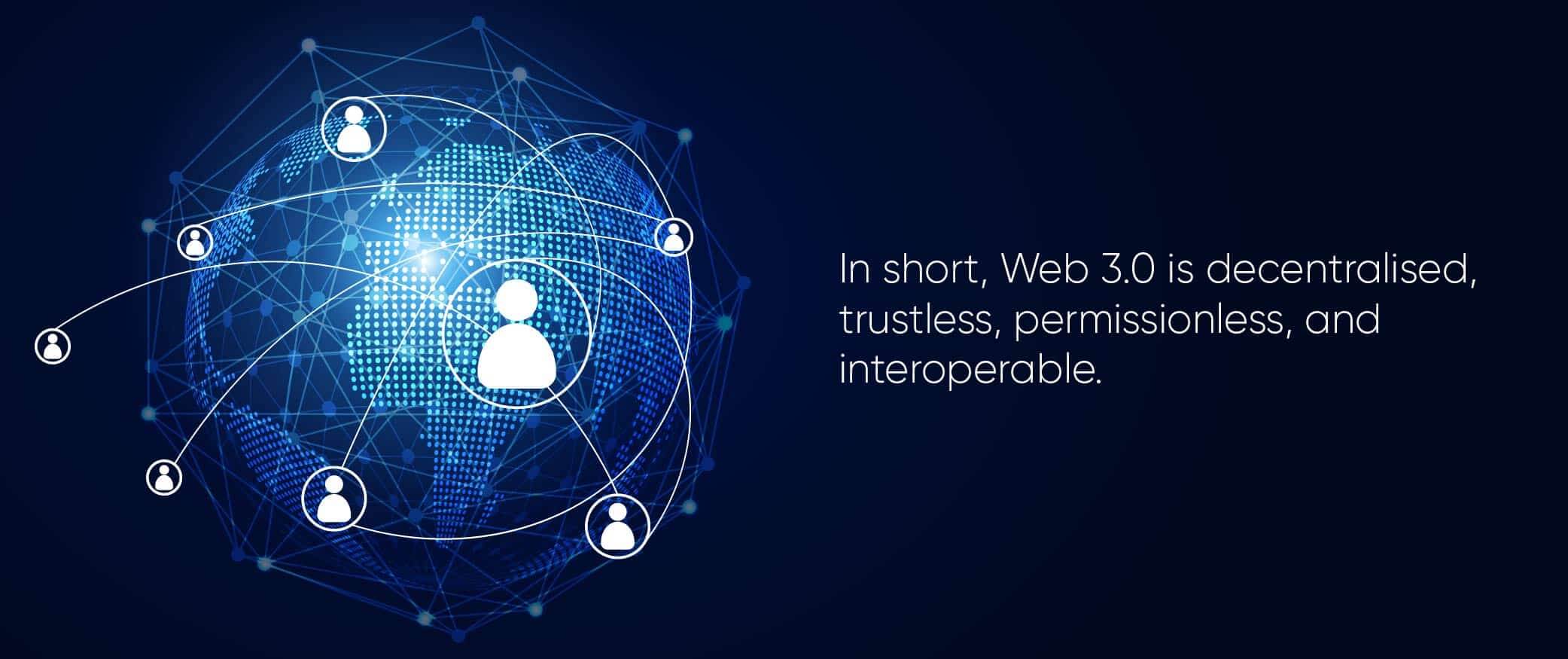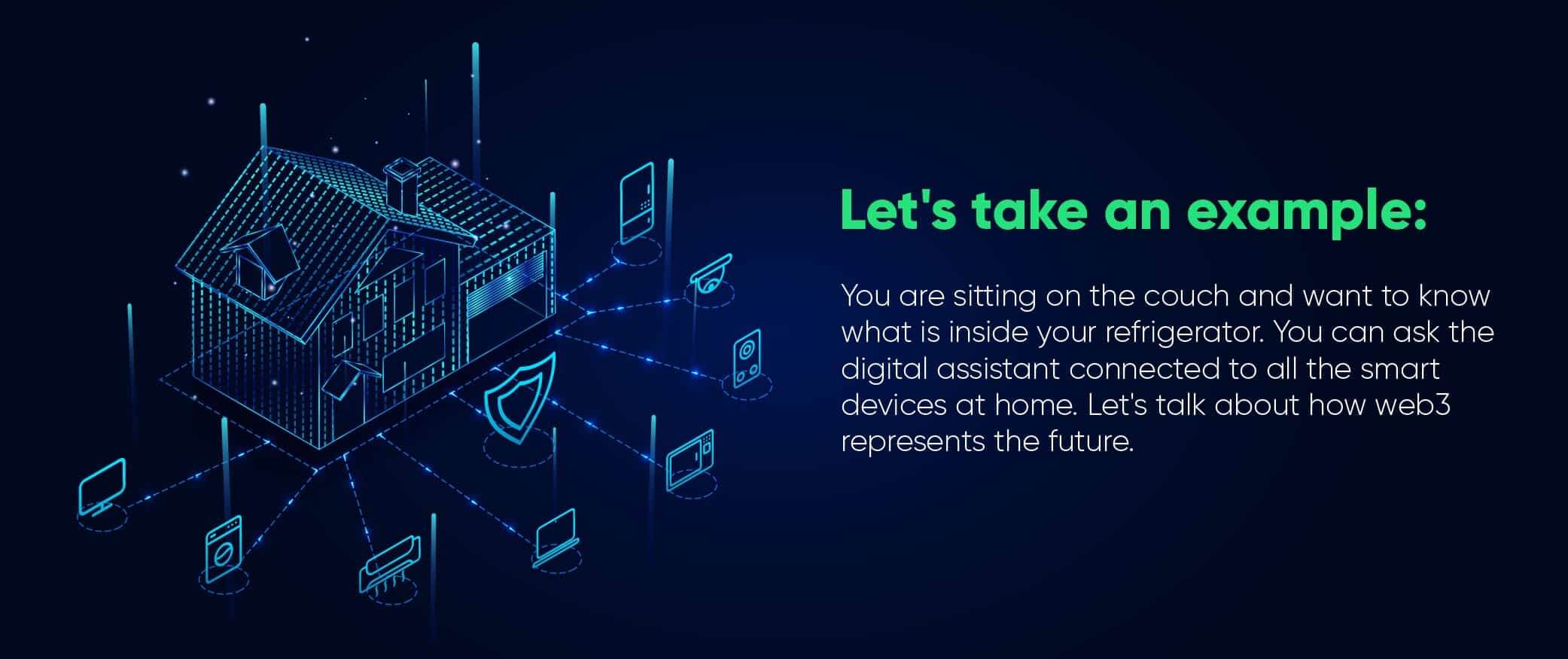
Introduction
Blockchain & Web3 Services Trusted By Leaders
- Develop innovative solutions using our state-of-the-art blockchain expertise.
- Achieve accelerated growth with robust & scalable Web3 consulting.
- Unlock 360-degree security with our top-rated blockchain development.
What is Web3? How does it represent the future of the Internet?
Everyone on the internet is familiar with the term “Web 3.0” as it is the latest talk of the town. With the advent of blockchain technology, Web 3.0 will change how we think about software development and design. Web3 and blockchain will bring together a whole new set of tools and frameworks that will allow us to develop decentralized applications (dApps). In this article, we will learn what is Web 3, how it will impact the future, and why you need to get involved with its development.What is Web3?
Initially, the Internet was designed as a decentralized network, allowing all applications and services to be accessed freely. However, over the years, large corporations have dominated this space by creating monopolies on their products and services. So, we are now in the era of Gen-Z internet, where dApps are used instead of traditional websites. In addition, Web3 is decentralized by nature. Furthermore, this latest technology offers users more privacy and security than what they get with traditional websites and apps. Before we begin, it’s important to note that Web3 development is still in its infancy. It will continue to evolve for quite some time as people find new ways of using it and come up with new things they want from the technology. Although We can understand Web3 by its foundational principles and ecosystem of technology:- Web3 is decentralized, trustless (no intermediary), permissionless (anyone can use it), and interoperable.
What was Web 1.0?
The internet has changed drastically. As a result, two distinct versions of the web have existed. Web 1.0 was decentralized as it had open protocols rather than proprietary ones. However, today’s internet is far more centralized. During Web 1.0, the internet was just linked pages and file downloads. Users could receive information and couldn’t interact with it. Reading was the only way to access information. In addition, web pages were just for distributing information, and website owners didn’t interact with visitors. It is called the “superhighway of information” or “static web”.
During Web 1.0, the internet was just linked pages and file downloads. Users could receive information and couldn’t interact with it. Reading was the only way to access information. In addition, web pages were just for distributing information, and website owners didn’t interact with visitors. It is called the “superhighway of information” or “static web”.
What was Web 2.0?
The internet was only the way to get information with Web 1.0, but Web 2.0 presented that information to make it easier to use and share. But how? Web 2.0 was dynamic and described an environment where individuals can create, share and publish content online. In this era, the internet was no longer a spectator sport. Instead, the average individual plays an active role in shaping it. To portray what it exactly means, let’s take an example: E-commerce stores in Web 1.0 were just long lists of product names and prices, which readers could scan before going to the physical store to make purchases. While in Web 2.0, users can use e-commerce sites to make payments, track their orders, and participate in other ways that increase engagement with the site. Let’s consider the like button of Facebook’s notification system. They aimed to entice readers to like, comment on, and otherwise engage with content. Likewise, Google and Amazon facilitate users to leave reviews in similar ways. The most prominent players in Web 2.0, Google, Spotify, Amazon, and Facebook, act as intermediaries between data suppliers (publishers) and consumers, capturing nearly all the value along the way. These platforms rose in popularity with Web 2.0 and now dominate the global economy.However, this came with some problems:
Social media platforms have become crucial tools for businesses to communicate with customers and grow their brands. But as social media became more of a business, it made sense for these platforms to make it harder, not easier, for groups to interact.Let’s look at Facebook as a case in point:
Facebook was once an excellent way to connect with friends and share information. The social network’s database grew as trillions of people began using Facebook to keep up with friends and favorite companies. Facebook saw that businesses would pay to show their products and content to their users, so it started selling ad space. Now, these companies act as intermediaries between users and businesses. For example, Facebook decides when and how people would connect. Google picks which ads to feature in response to search queries. Amazon showcases different products depending on what customers think. In addition, these intermediaries also have significant power over users, as they control all the data that flows through their services. They can shut down anyone’s access to their platforms, regardless of whether they’re on one side of the political spectrum or another. Intermediaries control whom we interact with and when selling our time and attention to the highest bidder. For people concerned about data privacy, who fear the immense power that comes with centralization or have no choice but to build businesses on social networks and marketplaces, Web 2.0 presents deeply troubling risks. Let’s innovate by entering the blockchain and Web3.Web3: Why you should care
Web3 is about undoing all the problems in Web 2.0. This next generation of the internet is shifting away from big tech companies to individual users. Web3 is decentralized and has many different underlying technologies. We’ve discussed why Web3 is essential, so let’s talk about how it can help you, its features, and its advantages:What are Web 3.0’s features?
Here are the five significant features of Web 3.0:- Semantic web
- Artificial intelligence
- 3D graphics
- Connectivity
- Ubiquity
What is the advantage of Web 3.0?
Here are some of the benefits of Web 3.0:- Data Ownership
- Decentralization
- Easy access to information
- Change of human collaboration
- Streamlined workflow
- Accurate information
- Personalized web experience
- Better marketing

Also Read: Web3 In Gaming: How Blockchain Technology Is Disrupting Gaming Ecosystem
Web3 vs Web2?
Web 2.0 was driven primarily by the introduction of mobile, social, and cloud technologies. Web 3.0 have three new layers; edge computing, decentralization; artificial intelligence, machine learning, and blockchain.Real-Life Of Examples of Web 3
Different methods of implementing Web 3.0 exist, such as:- Virtual assistants (like Siri, Cortana, and Alexa)
- Education systems that use video lectures to deliver content
